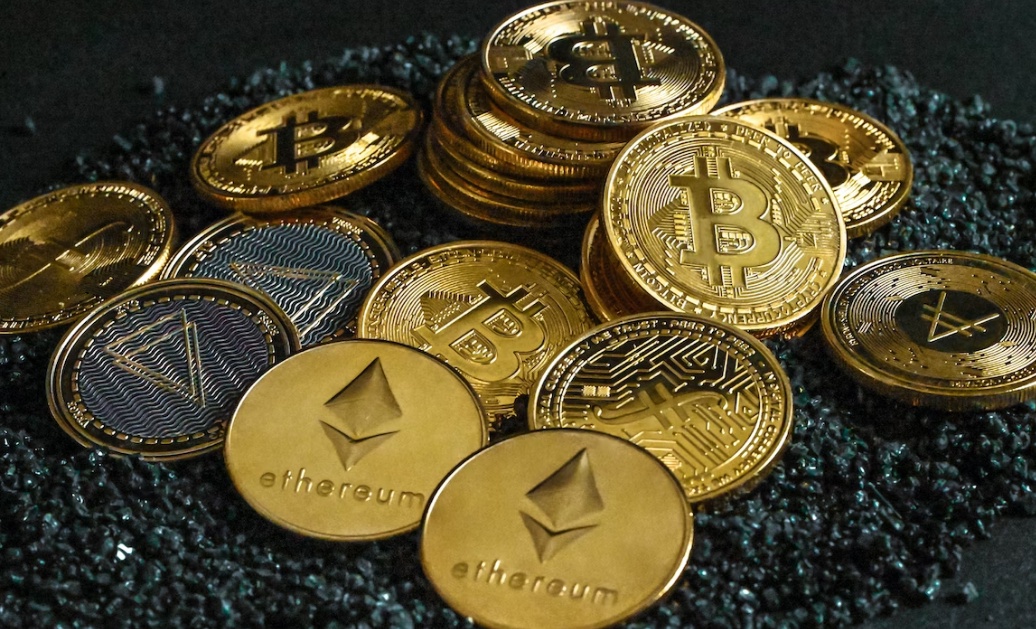In the ever-evolving landscape of cryptocurrencies, a revolutionary trend has emerged that is reshaping the way we think about traditional finance. Decentralized Finance, commonly referred to as DeFi, has captured the imagination of both technologists and investors alike. By leveraging blockchain technology, DeFi offers a glimpse into a future where financial services are decentralized, transparent, and accessible to everyone. In this article, we will explore the rise of DeFi and its profound impact on the cryptocurrency ecosystem.
Understanding Decentralized Finance (DeFi)
At its core, DeFi refers to a collection of financial applications and services built on blockchain networks, primarily Ethereum. These applications aim to replicate traditional financial instruments such as lending, borrowing, trading, and investing while removing intermediaries and central authorities. This groundbreaking approach not only provides users with greater control over their financial activities but also eliminates the barriers that often accompany traditional financial systems.
Key Components of DeFi
Decentralized Exchanges (DEXs): Traditional exchanges rely on centralized platforms to facilitate trading. DeFi introduces DEXs, which enable users to trade directly from their wallets, eliminating the need to trust a central authority with custody of their funds. Popular DEXs like Uniswap and SushiSwap have gained immense traction for their user-friendly interfaces and permissionless trading.
Lending and Borrowing Platforms: DeFi platforms like Compound and Aave allow users to lend out their cryptocurrencies and earn interest, while others can borrow assets by collateralizing their holdings. This decentralized approach to lending and borrowing provides users with greater flexibility and often offers better interest rates than traditional financial institutions.
Yield Farming and Liquidity Pools: Yield farming involves users providing liquidity to DeFi platforms in exchange for rewards, often in the form of governance tokens or interest. This practice has sparked new opportunities for users to generate passive income while supporting the DeFi ecosystem.
Tokenization of Assets: DeFi extends beyond cryptocurrency assets. It enables the tokenization of real-world assets like real estate and artwork. This allows fractional ownership, making these traditionally illiquid assets more accessible to a wider range of investors.
Advantages of DeFi
The rise of DeFi is fueled by its numerous advantages:
- Accessibility: DeFi platforms are open to anyone with an internet connection, leveling the playing field and providing financial services to the unbanked and underbanked populations around the world.
- Transparency: All transactions on the blockchain are transparent and verifiable, reducing the risk of fraud and manipulation.
- Reduced Intermediaries: By removing intermediaries like banks and brokers, DeFi platforms lower transaction costs and increase the speed of transactions.
- Financial Inclusion: DeFi opens up financial services to individuals who were previously excluded from the traditional financial system due to lack of access or documentation.
Challenges and Risks
While DeFi offers promising opportunities, it's not without its challenges:
- Security Concerns: Smart contracts powering DeFi platforms are susceptible to vulnerabilities. Incidents of hacks and exploits have highlighted the importance of thorough security audits.
- Regulatory Uncertainty: The regulatory landscape surrounding DeFi is still evolving. Governments and regulatory bodies are grappling with how to classify and oversee these decentralized financial activities.
- Liquidity Risks: Yield farming and liquidity provision can be lucrative, but they also come with risks. Fluctuations in token value and sudden changes in the ecosystem can impact returns.
The Future of DeFi
As DeFi continues to gain momentum, its future is brimming with possibilities. The integration of decentralized identity and cross-chain interoperability could expand DeFi's reach even further. Additionally, as scalability solutions improve, DeFi platforms could overcome the limitations of high gas fees and network congestion.
In conclusion, the rise of DeFi represents a paradigm shift in the world of finance. By embracing the principles of decentralization, transparency, and accessibility, DeFi has the potential to democratize finance and redefine how we interact with money. However, it's crucial for users and stakeholders to remain vigilant, as the rapidly evolving DeFi landscape also presents risks that must be navigated responsibly. Whether DeFi will ultimately disrupt traditional finance or find its place alongside it remains to be seen, but its impact on the cryptocurrency ecosystem is undeniable.


No comments yet